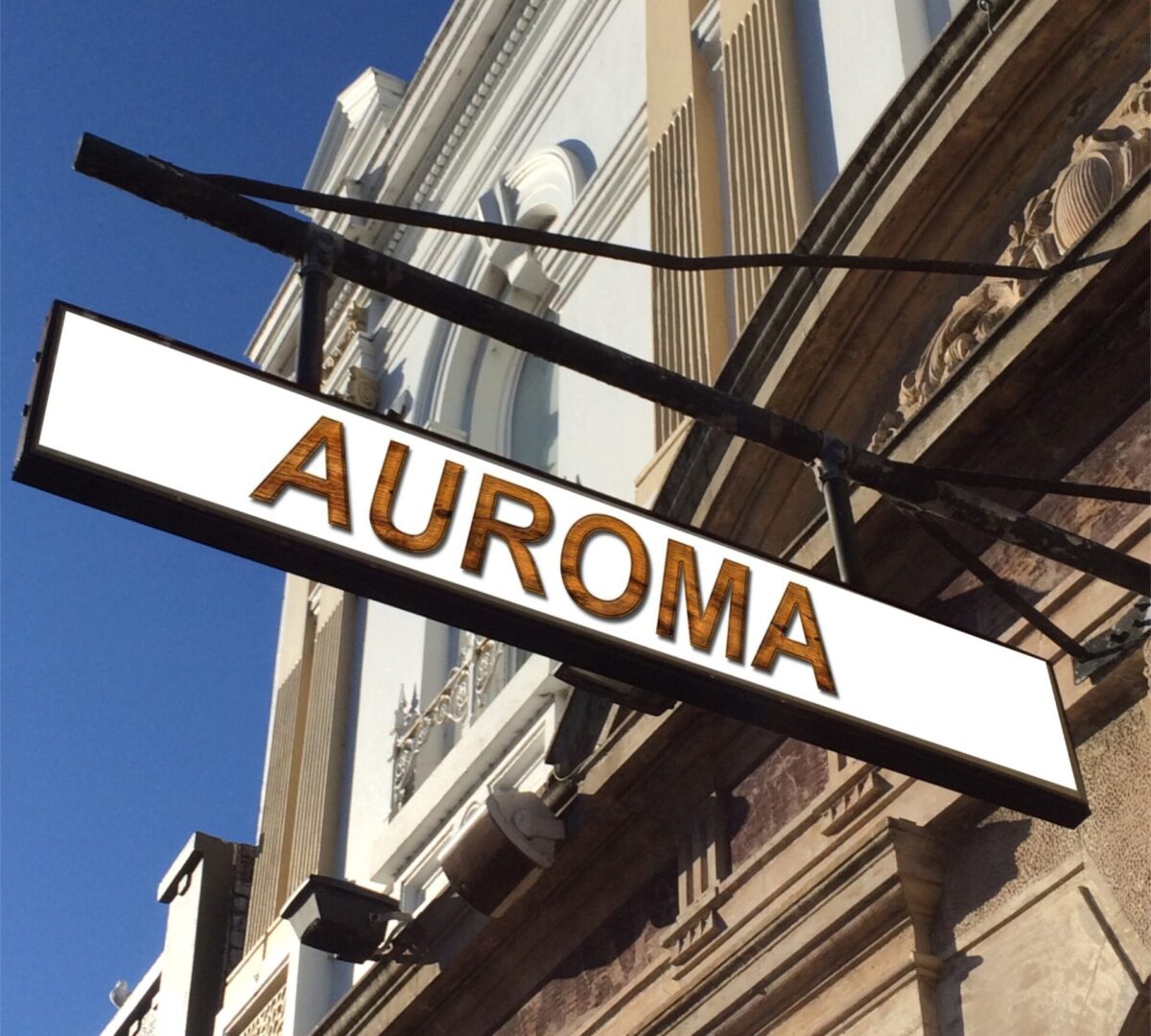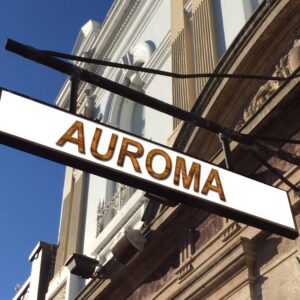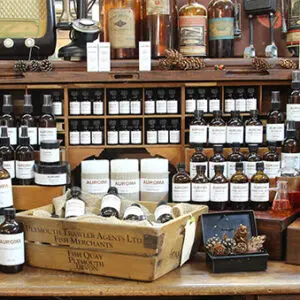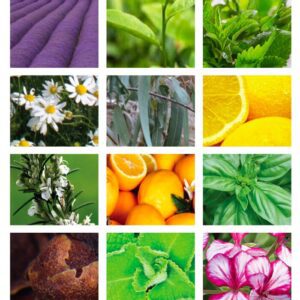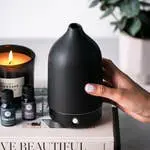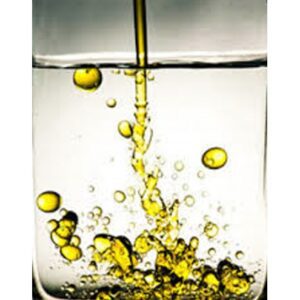Cistus (Rock Rose) Essential Oil
$34.61 – $354.85
| Botanical Name: | Cistus ladaniferus |
| Geographic Origin: | Spain |
| Method of Farming: | 100% Pure – Conventional |
| Method of Extraction: | Steam Distillation |
| Part of Plant: | Leaves |
Profile
The slender leaves of the perennial shrub of Cistus are covered with secretory trichomes that exude a fragrant gum resin. During the months of April to June, the short-lived flowers begin to bloom for only a single day. The young leafy twigs of C. ladaniferus are then hand-harvested. After harvesting they are left to regrow and regenerate for the following year. The collected fresh young branches with leaves are then steam distilled to produce the essential oil. Cistus Essential Oil is pale orange in color and has a rich, sweet, herb-like, balsamic scent. It is also known as Rock Rose.
BIBLICAL OIL: At the time of Christ, an incense was made using Frankincense and myrrh from Arabia, Galbanum and onycha. Onycha has been identified as gum labdanum, which is exuded from the leaves of Cistus (Rock Rose).
Additional information
| Weight | N/A |
|---|---|
| Dimensions | N/A |
| Select Size | 1/6 fl oz (5 ml), 1/3 fl oz (10 ml), 3.38 fl oz (100 ml) |
Auroma Quality
AUROMA Essential Oils are the highest quality essential oils available in the world today. Each oil is from an individual farmer and from a particular year’s harvest. As AUROMA knows each of the Farmers, they guarantee the authenticity of each oil. Just to be certain, they analyze each oil using the latest state-of-the-art GC-MS technology, which can detect impurities to one part per billion. Yes! AUROMA represents the best there is in Essential Oils. We can supply the following documentation: Certificates of Analysis and Safety Data Sheets (SDS)
To meet the stringent demands of the professional aromatherapist, AUROMA has drafted the following seven requirements that an essential oil needs to meet so it can be used with confidence:
- BIO-TYPE: Not only does an oil have to come from a defined botanical species, but from a particular genetic strain.
- CHEMO-TYPE: The same botanical species can often produce completely different constituents.
- GEO-TYPE: Oils from a particular area are often of superior quality. Examples are Rose Oil Bulgarian or Sandalwood East Indian.
- COMPLETE OR WHOLE: The oil should come from a single distillation and should not be rectified.
- WILD OR ORGANIC: Where possible, AUROMA always selects the wild growing plants for distillation. When wild types are not available, AUROMA commissions farmers who do not use pesticides or chemical fertilizers. Certified Organic options are available.
- EX STILL: AUROMA distills small lots of expensive oils in-house and advises farmers on distillation methods.
- ANALYYSIS: Oils are tested by AUROMA in Australia with the most advanced state-of- the-art equipment in the world.
Uses
- In a Diffuser: Using a diffuser with an Essential Oil or Blend is an easy way to make your space smell wonderful, while using aromatherapy to revitalize and purify your indoor space. Cistus helps to lift emotions and calm the nerves.
- In Meditation: When combined with Frankincense, Cistus is excellent for meditation.
- Skin care: It is said by some that Cistus is beneficial in generative skincare preparations especially for mature skin, wounds, and wrinkles. See “Cautions.”
Blends With
Bergamot, Chamomile, Clary Sage, Cypress, Frankincense, Juniperberry, Lavender, Orange, Patchouli, Pine, Sandalwood, and Vetiver.
Whenever you use Essential Oils or 100% pure Essential Oil Blends on the skin, they should be diluted in a vegetable oil. However, always check for skin sensitivity before applying the finished product to the body. See “Cautions” below.
Suggested Dilution Rates follow:
- 10ml Base Product: A 1% dilution requires a total of 2 drops essential oil, or a pure blend, 2%=4 drops, 2.5%=5 drops
- 50ml Base Product: A 1% dilution requires a total of 10 drops essential oil, or a pure blend, 2%=20 drops, 2.5%=25 drops
- 100ml Base Product: A 1% dilution requires a total of 20 drops (1ml) essential oil, or a pure blend, 2%=40 drops (2ml), 2.5% 50=drops (2.5ml)
- 1Ltr Base Product: A 1% dilution requires a total of 200 drops (10ml) essential oil, or a pure blend, 2%=400 drops (20ml), 2.5%=500 drops (25.ml)
Please ensure that the total number of drops does not exceed the dilution ratio. For example: 2.5% dilution = 1 drip Geranium, 2 drops Palmarosa & 2 drops Mandarin diluted in 10ml Jojoba Oil. Total drops = 5
Cautions
Cistus is non-toxic. It is a very mild skin irritant which does not cause skin sensitization. It has not been tested for phototoxicity. (Tisserand R, Bolacs T, Essential oil safety. Churchill Livingston, UK)
The Aromatherapy Place does not recommend ingesting essential oils unless a specific dosage instruction is given to a consumer by a qualified medical practitioner.
Do not apply directly to skin. May case skin irritation in some individuals. Always dilute with a carrier oil. A skin test is recommended prior to use on the skin.
Keep out of reach of children. If you are pregnant, nursing, taking medication, or have a medical condition, consult a health professional prior to use. Keep away from eyes and mucous membranes.
Please check with a professional for safe essential oils to use with children or the elderly. Do not use essential oils on a child younger than two years without professional advice.
Storage
We recommended that Essential Oils or 100% pure and natural Blends be stored in amber or cobalt blue glass containers to maintain freshness and attain maximum shelf life. Keep away from excessive heat and light. A bathroom, bedroom or kitchen cabinet should be a good storage location.

